Building a character is almost like carving a sculpture from a block of stone. One mistake and the whole character can shatter.
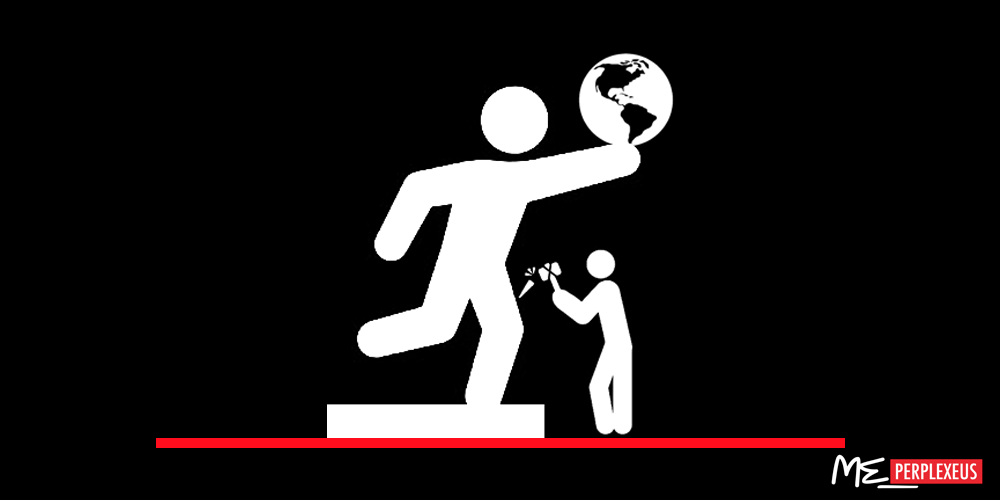
So first and foremost, treat your characters with care.
Building a character from scratch takes a lot of patience, love, open mindedness, and last but not least a very astute sense of working over every detail.
“Devil is in the detail.”
Write down every little detail
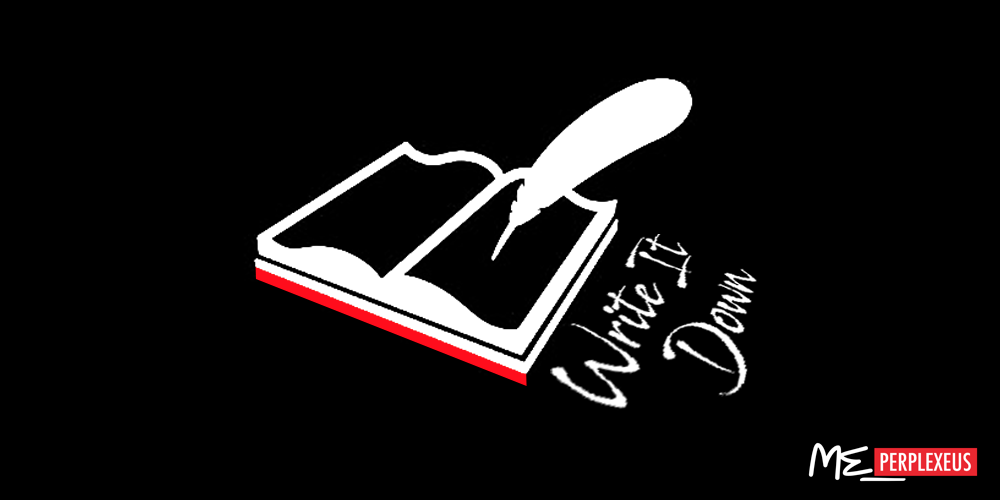
Write down every little detail you want/would need in the character you are making. This’ll help you in the long run in deciding how the particular character would/could react in a given situation. Not only that but this can help in the grand scale of the story and how the character may evolve over time.
Being Able To Relate To The Character
Having a relatable character is one of the most important of points to keep in mind. Though it is true that you may not be able to relate to every character in some stories, but there always is a character in all stories in whom everyone project themselves onto, in one or the other way. It may be through the character’s motives, goals, personality or even subtle unusual traits at times, even if the character is their polar opposite in a major way, like lineage, social standing or sometimes even race.
Having a perfect character sure is fun but in the long game it gets tricky to manage, hence here come character flaws. A negative side to balance out the overarching positivity. A yin for the yang, per say. This allows you to add a bit of chaos into the all smooth sail of the character keeping everyone, not just the audience but also you yourself as the writer, interested and on toes.
Establishing a Baseline Personality
When you open your story – or in this case introduce the character for the first time – their every act, dialogue and decision in the introduction period forms an impression on the audience as to what kind of character they are dealing with here. This impression is what we’ll call ‘Establishing a Baseline Personality’.
Now this is very important as this decides who your character is and everything from his backstory to the climax will depend on this and must be in harmony to be known as a well-thought-out, well-written story.
Character Goals
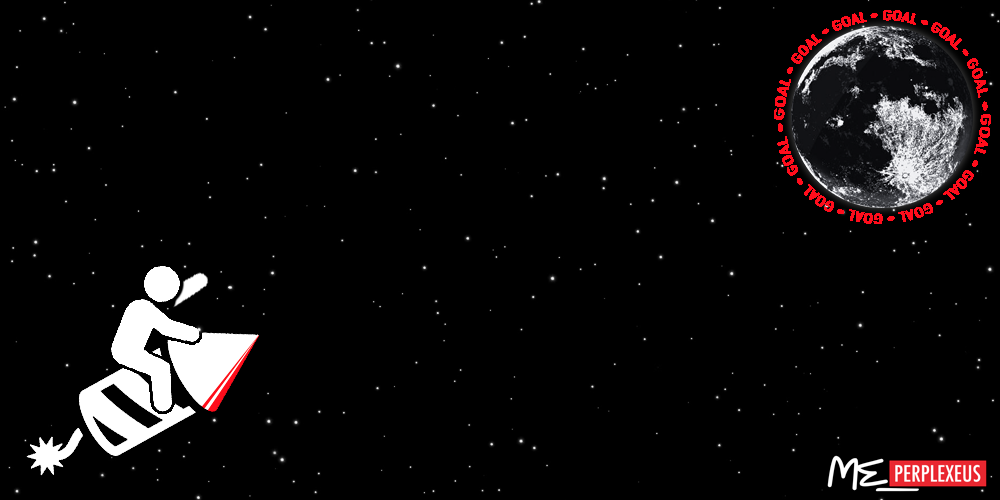
Now this is something that every character should have, unless the character you want is someone with no goals and lies around the whole day with nothing to do throughout the story, which may work out fine in short story or film of about 2-5 minutes, but it would be quite a tricky challenge if not impossible, all the way down to ‘fin’.
Character goals are something that are dynamic in nature, more so than static. These goals keep evolving and developing with the character throughout the story. They also make quite an impact on the character that is carrying this goal as well as influence how the audience sees this character.
Internal Conflicts
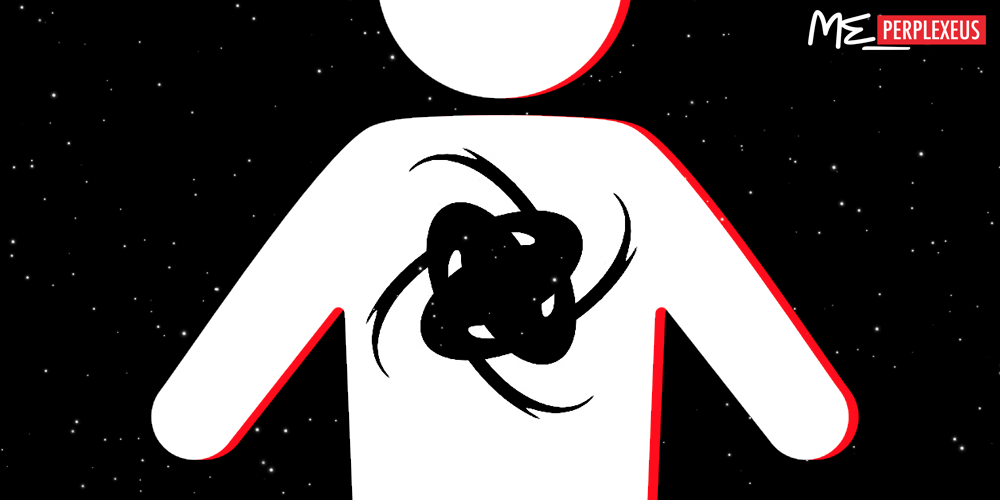
Internal Conflicts are the wars that rage within the characters. These can be the drive, or at times the motivation for the character to achieve some goal. These conflicts are another factor that majorly shapes the character as a whole. As most of us do, the characters can have very simple conflicts – such as becoming a successful player, or becoming the strongest person – which tend to become the connect between the audience and the character, making the character more relatable and probably even an inspiration to the audience.
Internal conflicts, interestingly enough, can also be used to create a shifting tension between two characters. Let’s take Vegeta for example. If you are familiar with the story of ‘Dragon Ball Z’ (which you should be, I mean, how can you not?), then as we know Vegeta starts off to be the ‘Young Saiyan Prince’ who is entertained as the ‘Elite Warrior Prince’ under the thumb of the super villain ‘Evil Lord Frieza’. His pride as the strongest elite warrior is broken, when his near death battle with Goku (and his friends) takes place (at their first encounter), which is where he starts ‘obsessing over defeating Goku’; which in our case would be his internal conflict.
This is carried all the way from ‘Dragon Ball Z’ to ‘Dragon Ball Kai’ to ‘Dragon Ball GT’ (non-canon be it) to ‘Dragon Ball Super’ to date, which became a major conflict for Vegeta; developing him as a character from a cruel space murderer to one of the most strongest characters in the Dragon Ball universe. A saiyan warrior prince who came to be a caring father, husband and even put himself on the front lines to save Earth countless times, not only in the name of his family, but also for Goku.
External Conflicts
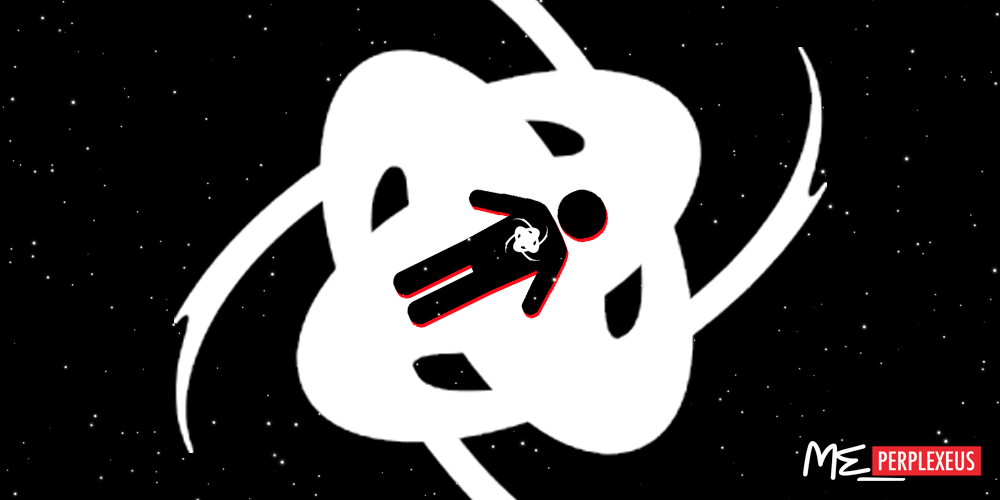
External Conflict would be something that occurs outside of the character’s own self. Now this may be a fight between two characters or simply a challenge he has to overcome like completing a task before a set time, for example diffusing a bomb.
Giving the said character a seemingly extreme/impossible task with no advantage, or rather placing him in a disadvantageous position – throwing all the odds against him – is a way to manifest his external conflict into the story, while testing his internal conflict against it.
Using factors such as the setting, repetition of scenes from different angles, intense sound design (like silence, explosion, reverberation, sharp sounds), etc. to bring in uncertainty is another way to add suspense and external conflict to the state of affairs.
The audience by now should know what’s at stake, if not, then you have to work on the story and the character’s back story, which we’ll discuss in a bit. If the character is new or you are working on a side character, during the fight they can start leading the story and begin to form a person of his own, raising himself as a character in front of the audience.
Using the setup that’s built by the story by now to your advantage, you must make the audience feel the ‘Desperation‘ of the character’s struggle/situation towards his goal.
During this desperation, the character’s internal conflicts start taking a shape in the real world, slowly but gradually, leading to the resolution. But we’ll get to that in a bit.
Narrating the Audience’s Mind
This is where you guide the audience, telling them what you want them to think or feel at the moment about the character.
Since having the audience’s mind follow in on the situation automatically and having them know what you actually are trying to portray in the story of the character – without the character himself saying it – is very difficult (not impossible) and takes a lot of skill and creativity, therefore having the mob characters sketching it out for the audience, paving the path, will prove to be a good cheat around this problem when necessary.
Character’s Plan
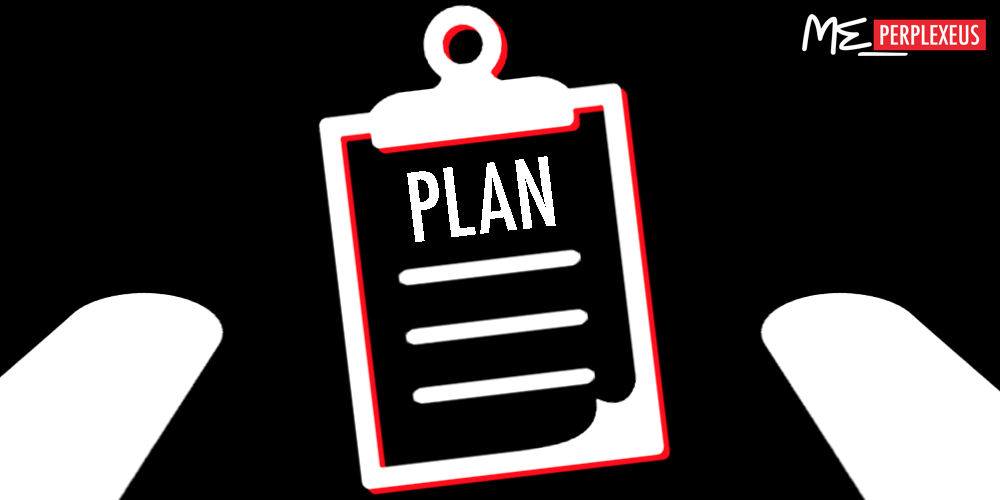
With the character’s plan coming together, giving the audience a sense of fruition is one good step to build a character’s will, determination and focus towards the goal he set his mind to. Especially given the extreme challenge they face.
Core Motivation
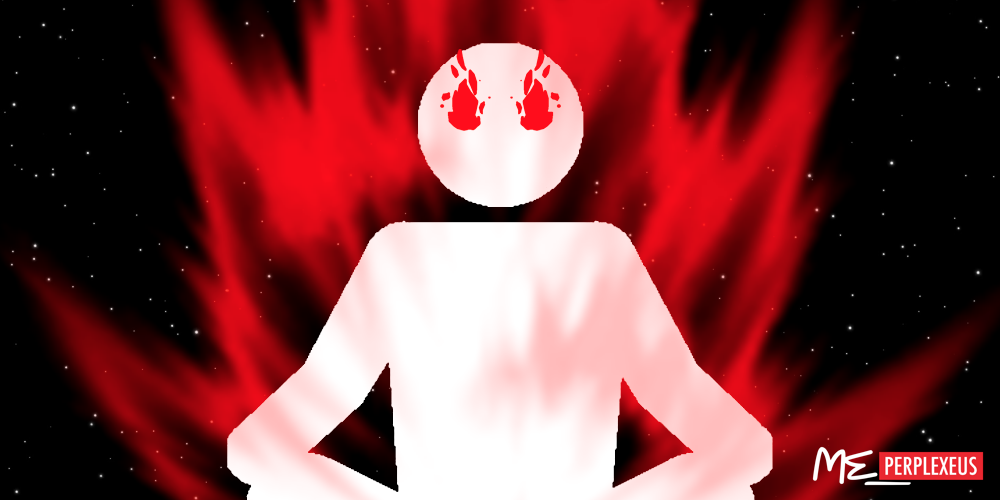
Now this is something that’ll remain static throughout the story, while helping the character develop and strengthen over the entirety of the plot. Now the character’s core motivation should be something that can be broken down and stuffed into a fortune cookie. It’s not a good character if that’s not the case, which makes the character start to feel hollow over each passing moment of the story.
Let’s look at a few examples. Son Goku from ‘Dragon Ball’ series – wants to become the strongest person, Tony Stark (Iron Man) from MCU – wants to make the world a safer place, Oreki Houtarou from ‘Hyouka’ – wants to conserve energy (be lazy), Chitanda Eru from ‘Hyouka’ – is curious, Hulk (Bruce Banner) from MCU/Universal Studios – wants to smash stuff, etc, etc.
A Closure

Nearing the end of the external conflict, you have three choices; three paths the character can end up walking.
One, Win. Here the character is led to a utopian future where the character is shown as a strong (or just strong enough) person to defeat the enemy/win against all odds. But there is a downside to it. That is, this path doesn’t give the character much room to grow, or rather it’s tricky to do so.
Two, Lose. This puts the audience in a shock, as having such a positive character get a taste of defeat is tough in the face of it, but at the same time this gives you the opportunity to take the story through a series of unexpected twists and turns. Maybe even introduce new characters. That aside, this path of defeat basically puts the audience on their toes, curious, wanting to know what happens next. Its a climax one expects (in the back of their mind) but then again, no one really does. While it does remain unexpected, but is a welcomed outcome, if written well, helping the characters grow.
Three, a Close Draw. This can be called a compromise between the two paths earlier mentioned where the character neither wins nor loses. Even though facing an extreme challenge and being able to bring the showdown close to an impossible win where all the odds were thrown against him, is where the audience can agree that the character won in some way. Not because of the character’s powers or capability, but rather because of their strong will and determination of the fleeting moment which may be coming to a close but raises the character higher as a person.
Backstory: The Backbone of the Character
A backstory, or a background story, is a set of events invented for a plot, presented as preceding and leading up to that plot. Having a strong backstory that doesn’t conflict with the character’s current self is important to a well-written story. It helps the audience to connect as well as understand the character’s dynamics and motivations.
The backstory is very much similar to a normal story, leaving but one point; the sequence of revealing events to the audience. This sequencing of the story changes how strong the character impacts the audience and even how the audience looks at the character in some cases (in a positive light or negative light). It should be able to lend depth or believability to the main story, otherwise it’s better you don’t make one, because a bad backstory shatters what you already established so far.
Harmony between the backstory and the main plot is of essence.
Understanding the character and their relationships deeper; before, during and close-to-the-end enhances the climax tenfold, which may not be as intense otherwise.
The Character Climax

Climaxes are important in a story, but characters have their own climax as well. Characterisation Arc, or simply put, parts of the main story revolving around the development and/or sub-story of a single character is one where most of these character climax opportunities present themselves.
Now, every shift/change in the story can build tension in the character, that can in turn result in the character reaching their climax. So these shift/changes in the story by themselves can serve as one of the major character development opportunities. But this climax doesn’t have to be the end of it, because a character can change progressively throughout the story, which is when the character is said to have had multiple climaxes each time there is a shift/change in the story itself. So feel free to develop the characters throughout the story at their own pace.
The Resolution
This is the part where the character opens up his true feelings and emotions on the result of the climax, which are hidden from the audience until some stimulus (or another close character to whom he is vulnerable to) makes him remove the mask of being strong, and shows his soft spot. This further connects the character emotionally to the audience.
The Conclusion: Final Words
These final words will be what conclude the character not as a character, but as a person working as the sum of all events that worked towards them and will stand to define the character in any future reference. These words may become a part of the character’s goals or add to their core motivation and stick with them for the long term.
So choose these last words wisely and make each one count.
Playing the Long Game
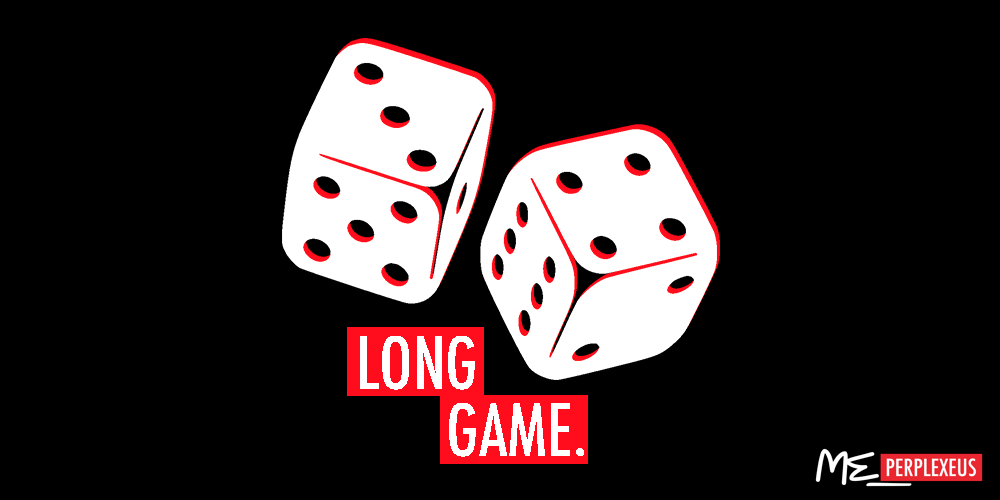
Remember, a story’s end is never the end, neither is the character’s. It always leads to something new. Another story. So keep a character time log and wherever you find space, fill it with a new story and fill it creatively. If you have a gap in their story where you can integrate a new story somewhere in the future, then don’t force yourself to fill it now. Stay true to yourself and your character. Take your time and let it play out.
You’ll love how the previous characters you built can extend their motivations and goals to further more characters by playing the long game.
That’s how a well-written character and story manifests.
In short, everything you need to keep in mind for building a character well are:
- Goals/Motivation
- Character Flaws
- Traits (unusual/noticeable/under-noticed)
- Core Motivations
- Motives (establish & achieve/work towards)
- Baseline Personality
- Backstory
- Personality (current & in-progress)
- Internal & External Conflict
- Character’s Drive/Enthusiasm
- Climax
- Their Interactions with Other Characters
- Guide the Audience (narration)
